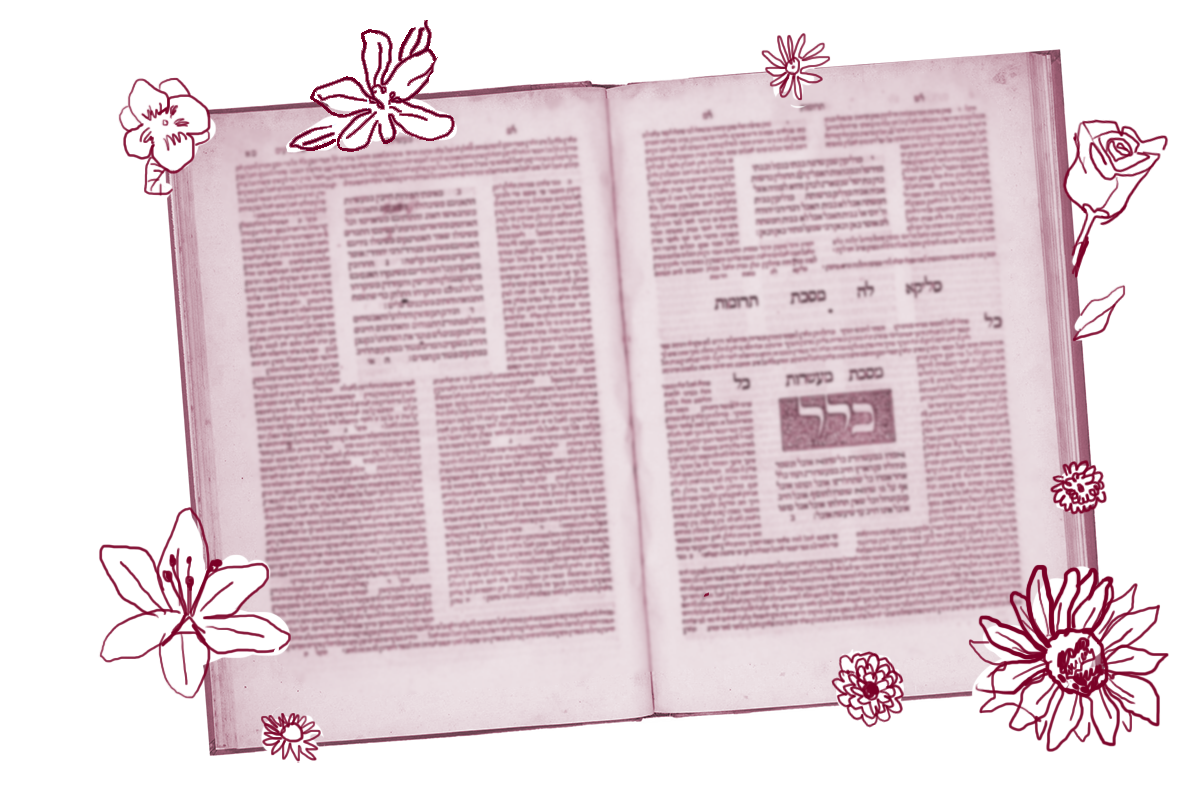Today’s page of Talmud begins in the middle of a conversation about a person’s liability under the sacrificial system for committing a particular sin on multiple occasions. As we’ve already seen in the last few days, this generates significant debate in the Gemara. In some cases, one brings a single offering to atone for a group of identical sins; in others, each misdeed requires its own sacrifice. The conversation began as a discussion about Shabbat violations but has since expanded to include other kinds. And the rabbis are working hard to sort it all out.
During the conversation, the Gemara quotes two sages: Rav Dimi and Ravin. Their statements are often introduced by the phrase “When Rav Dimi came, he said…” and “When Ravin came, he said…” rather than the standard and simpler “Rabbi X says…” Why does the Gemara note their entrance this way?
When I encountered Rav Dimi for the first time while studying Gemara, my havruta (study partner) and I imagined his entrance into the beit midrash (house of study). We conjured images of students noticing him approaching and shouting with glee, “Rav Dimi is coming, Rav Dimi is coming!” We envisioned a podium, hastily brought to the front of the room, to which Rav Dimi was escorted so that he could immediately present all of the teachings that he had collected since his last visit. A literal read of the phrase “When Rav Dimi arrived, he said…” still brings a smile to my face.
In fact, however, these sages hadn’t just entered the room — they’d crossed over into a new empire to share their wisdom. Rav Dimi and Ravin are part of a group of Amoraim (rabbis of the Gemara) who are called nakhotei (travelers, or more literally, “descenders”) who journeyed from the academies in Israel to those in Babylonia (and vice versa). The nakhotei share legal conversations, customs and other information from one Jewish community to another. In doing so, they expanded the material available to Babylonian scholars to study and maintained the connection between the two main centers of Jewish life during the Talmudic era.

Help us keep Jewish knowledge accessible to millions of people around the world.
Your donation to My Jewish Learning fuels endless journeys of Jewish discovery. With your help, My Jewish Learning can continue to provide nonstop opportunities for learning, connection and growth.
Rav Dimi and Ravin’s appearance reminds us that the Talmudic endeavor, in its origins, was very different from what it is today. In our age, we are blessed with easy access to Jewish texts, commentaries and translations, and have unprecedented access to teachers and scholarship from around the world. Back then, one had to wait a long time for word from a different community — and it was usually brought in person.
The editors of the Gemara wove together sources from different generations and different places to create a conversation that has engaged the Jewish community for millennia. The richness of the discourse has been enhanced by the efforts of those who traveled far and wide to bring the teachings and traditions of one community to another community. We still benefit from their efforts.
I can’t wait to see what Rav Dimi and Ravin will have to say the next time they visit.
Read all of Shabbat 72 on Sefaria.
This piece originally appeared in a My Jewish Learning Daf Yomi email newsletter sent on May 17, 2020. If you are interested in receiving the newsletter, sign up here.



